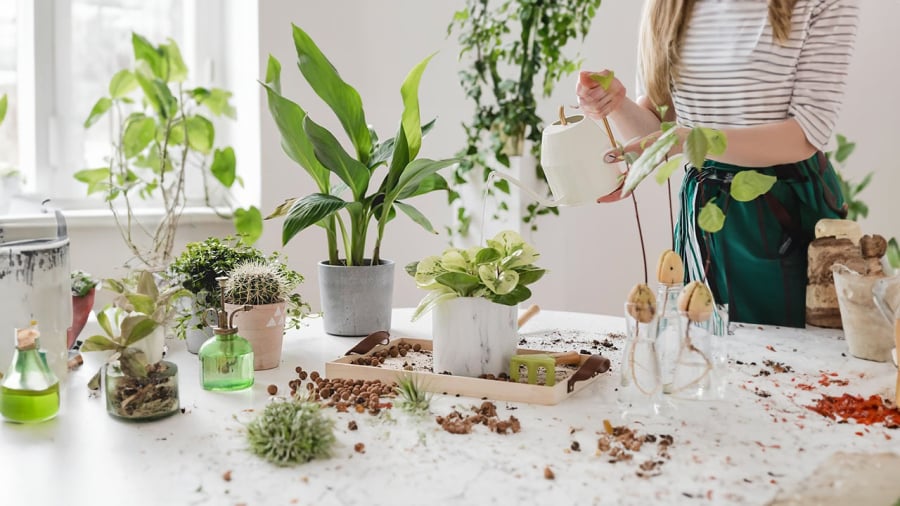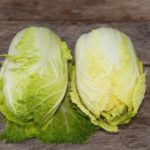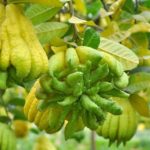Winter weather is not suitable for many types of plants, especially those that prefer dormancy. Unfortunately, winter is also a time when you are preparing to welcome the new year, and having yellow leaves on your plants is unfortunate. The reasons for yellow leaves can be cold weather, lack of nutrients, frost, lack of sunlight…
Apply this trick right away to ensure your plants bounce back:

Water your plants with warm water to rejuvenate them
If you leave your plants on the balcony and there is frost on a very cold day, the plants can get too cold, making them weak and have yellow leaves. Or if you bring them indoors to keep them warm but the room is closed and lacking air and light, they can also have yellow leaves.
Therefore, check if they are lacking sunlight, then bring them out for some gentle sunbathing at noon and avoid letting the plants have insufficient air.
In addition, watering them with warm water around 37 degrees Celsius helps the plants rejuvenate faster. Avoid watering with cold water and prevent water from pooling on the leaves. Water them around 2-3pm, not in the morning or evening as it will make the plants cold.

Check the pot for root rot
If you frequently move the plants without paying attention, it can weaken the roots, making the plants prone to yellow leaves. Especially during the winter when the plants are in dormancy and have less root growth, if the roots are torn, it will weaken the plants. Therefore, be careful with pots that have loose roots. If you feel that the plants have loose roots, add more soil to make the plants more stable.
Spray vitamin B1 on the plants
Vitamin B1 can help make the plants healthier and prevent yellow leaves. Additionally, you can add rice bran and coconut fiber to the plant’s base to keep them warm.
Use soybean water to water the plants
In winter, you should not provide too much nitrogen to the plants as they can get frostbite. You can use soaked soybean water. Simply soak the soybeans in water and let it ferment in a warm place. Then, use the soybean water to water your plants, it works wonders in helping the plants recover. Soybeans naturally contain nitrogen, so they won’t harm the plants like chemical fertilizers.

Provide extra warmth and light for the plants
If you keep the plants indoors to avoid the cold weather, remember that they still need enough light. Therefore, you can use additional heating lamps to keep the plants warm. However, be careful not to shine the lights too close to the plants, causing them to dry out.





































